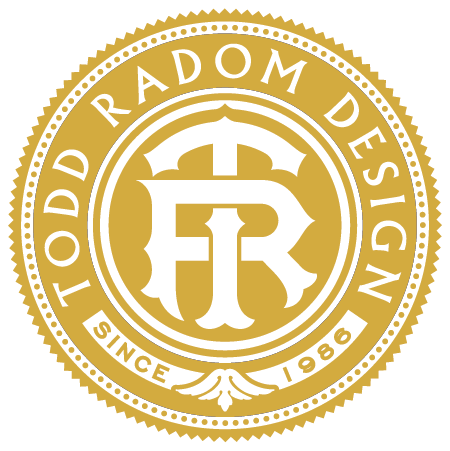Super Bowl bookends: Why the 2021 Kansas City Chiefs look like the 1967 Kansas City Chiefs
The Kansas City Chiefs are headed back to the Super Bowl, their second consecutive appearance after a half century-long slumber. When they do, they will look very much like the Chiefs team that played in the very first Super Bowl, on January 15, 1967 in Los Angeles. Fifty four years later, their opponents that day, the Green Bay Packers, also bear a very close resemblance to their ancestors. But, on the other hand, KC’s opponent this time around, the NFC champion Tampa Bay Buccaneers, look nothing like the Bucs team that joined the NFL in 1976, and therein lies a question: why do some teams like the Chiefs seem visually frozen in amber, while others, across all of pro sports, have license to burn things down and start from scratch? Winning unquestionably helps, but steady ownership and a commitment to tradition are the prime reasons to be cited here.
The Chiefs’ logo was created in 1963 by the team’s founding owner, Lamar Hunt, after the club was relocated from Dallas, where they started out as the Dallas Texans. Kansas City’s media guide explains, “Hunt’s initial sketches, some of which were done on a napkin on a flight from Dallas to Kansas City, began with an interlocking ‘KC’ inside of a circle or an oval.”
Hunt recounted the story in comments to the Kansas City Star in 1994. “I was scratching around on a pad. I got a picture of a 49ers helmet; they had those interlocking letters, and I thought it was very attractive. A lot of baseball teams have that interlocking letter design.”
And he was right, of course. Interlocking letters have been an integral part of the visual identity of baseball teams for more than a century and a half now. Emulating the look of the 49ers was, as Hunt said, a personal choice. San Francisco’s logo was introduced just a year earlier, so it wasn’t as if he was looking to latch on to something with great equity attached to it. In fact, as I wrote a few years ago, the movement toward decorations on the helmets of pro football teams was a recent phenomenon in 1963.
Some teams look virtually identical to what they looked like back when the first Super Bowl was played—the Raiders, Cowboys, Packers, Bears, and Colts immediately spring to mind. (And then we have the Browns, which represent a category all to themselves.) Others are recognizable, but have clearly evolved—the Saints, 49ers, Vikings, Chargers, and Eagles fall into this category. The Bucs, who discarded their original “creamsicle” palette and “Bucco Bruce” logo almost a quarter century ago, are NFL outliers. Tampa Bay, along with a select handful of established clubs like the Denver Broncos and New England Patriots, blew things up and reimagined themselves entirely at some point. Tennessee (formerly the Houston Oilers) opted to retain Houston’s Columbia blue when they rebranded, much like the Chiefs’ decision to keep the red and yellow colors that were worn by the Dallas Texans. Alternatively, the Baltimore Ravens bear no resemblance to the former Cleveland Browns, nor should they.
The future of the Chiefs’ name and visual identity are murky. Objectively speaking, we can look to the recent examples of the Washington Football Club and the Cleveland American League Baseball Team and imagine a red and gold KC team with something other than an arrowhead on their helmets at some point down the road. And that could potentially lead to other changes, because, as Lamar Hunt told the Star back in 1994, “Had we not had that emblem on our helmet, Arrowhead Stadium would have been named something else.”
When the franchise moved to Kansas City, Hunt and coach Hank Stram wanted to call the team the “Kansas City Texans,” which would have put them in that small club of weirdly misnamed sports brethren that include the NBA’s Los Angeles Lakers and Utah Jazz. Instead we will see the Chiefs, looking much like the Chiefs of Super Bowl I, and that just seems right.


